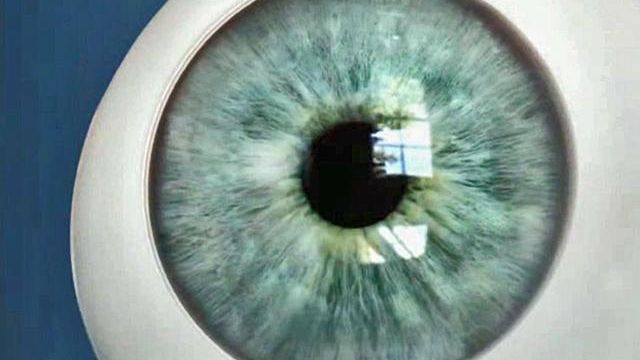Refined corneal procedure can restore sight
The refinement of a procedure is giving fresh hope to people with eye diseases that affect the cornea – possibly leading to blindness.
Posted — UpdatedThe cornea is a clear bubble that covers the front of the eye. An inner cellular layer on the cornea can fail and collapse.
In the past, many of those patients had full corneal transplants, with a long recovery and mixed results. However, more patients are turning to a newer, less-invasive procedure.
Mike Lee has a form of the herpes virus that can affect the eyes. One of his corneas swelled, and the inner lining collapsed, causing blurred vision.
"It's like getting fever blisters on your mouth," Lee said. "Well, I've got a fever blister on the eyeball."
Bill Robbins experienced the same problem and got a full-thickness corneal transplant in the late 1980s. However, the problem came back.
Dr. Patricia Smith, an ophthalmologist with Triangle Eye Patients in Raleigh, offered both men a simpler option called DSEK.
Through a tiny incision, doctors remove the damaged tissue and slip inside a folded thin, new layer of donor cornea. An air bubble presses the tissue back in place, where it bonds with the eye.
"When it works, it works great – and it works about 90 percent of the time," Smith said.
The other 10 percent of the time, the eye might reject the donor tissue or the tissue does not completely bond. In many of those cases, however, the procedure can be redone.
Many patients who had problems with the older, full-thickness transplant might still be able to have the DSEK procedure.
Robbins was one of those. He remembered the long hospital stay required by the old transplant procedure and the year it took him to heal fully.
DSEK was an outpatient procedure at Rex Hospital with about three months of recovery.
"The DSEK was probably about 30 minutes, and I was able to see improvement that day," Robbins said.
Before the surgery, Lee said he was practically blind in his affected eye.
"Before, I could just see blur. Now, coming up yesterday, I could read the road signs," Lee said.
The DSEK procedure is not new, but has been greatly refined, allowing people to see clearly.
"This is going to take over at least half of the transplants," Smith said.
• Credits
Copyright 2024 by Capitol Broadcasting Company. All rights reserved. This material may not be published, broadcast, rewritten or redistributed.





